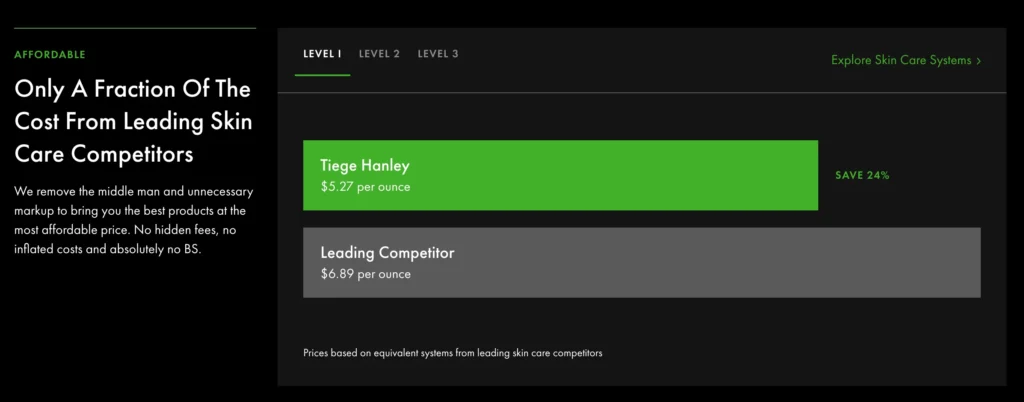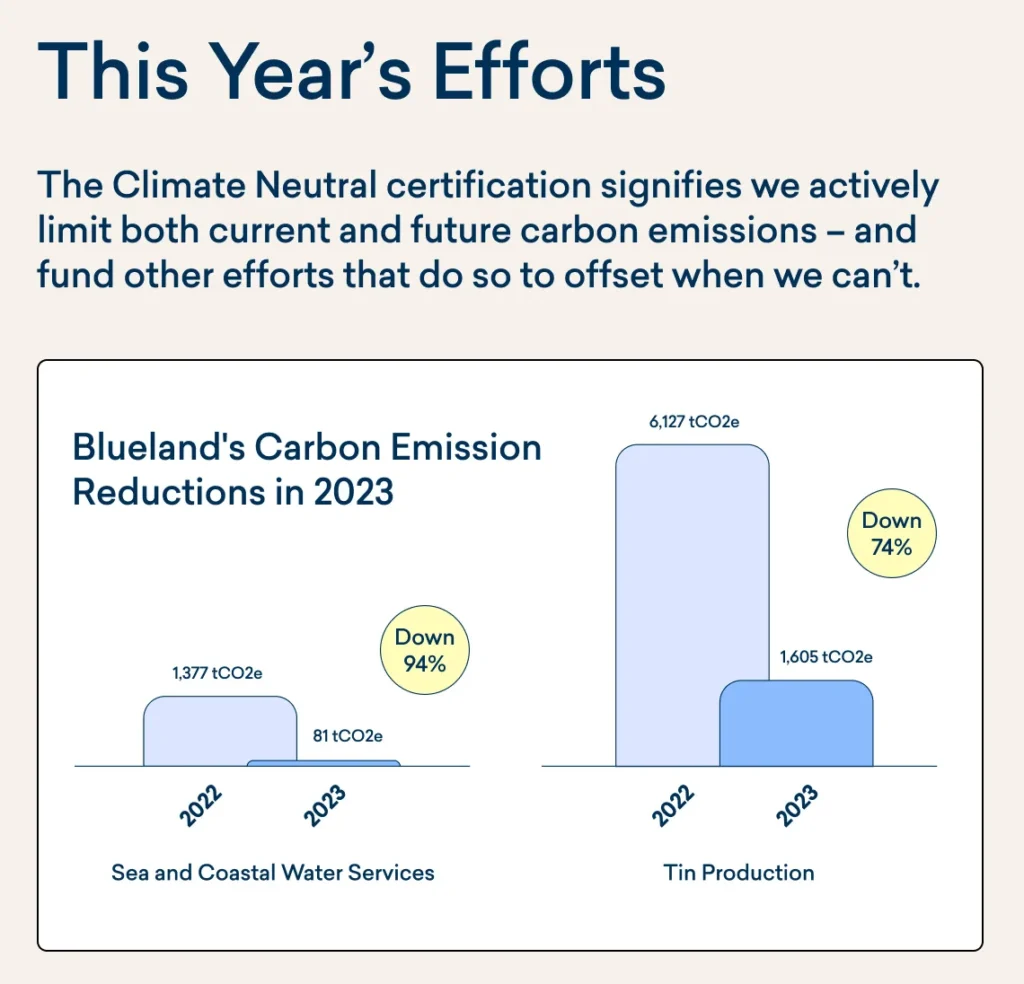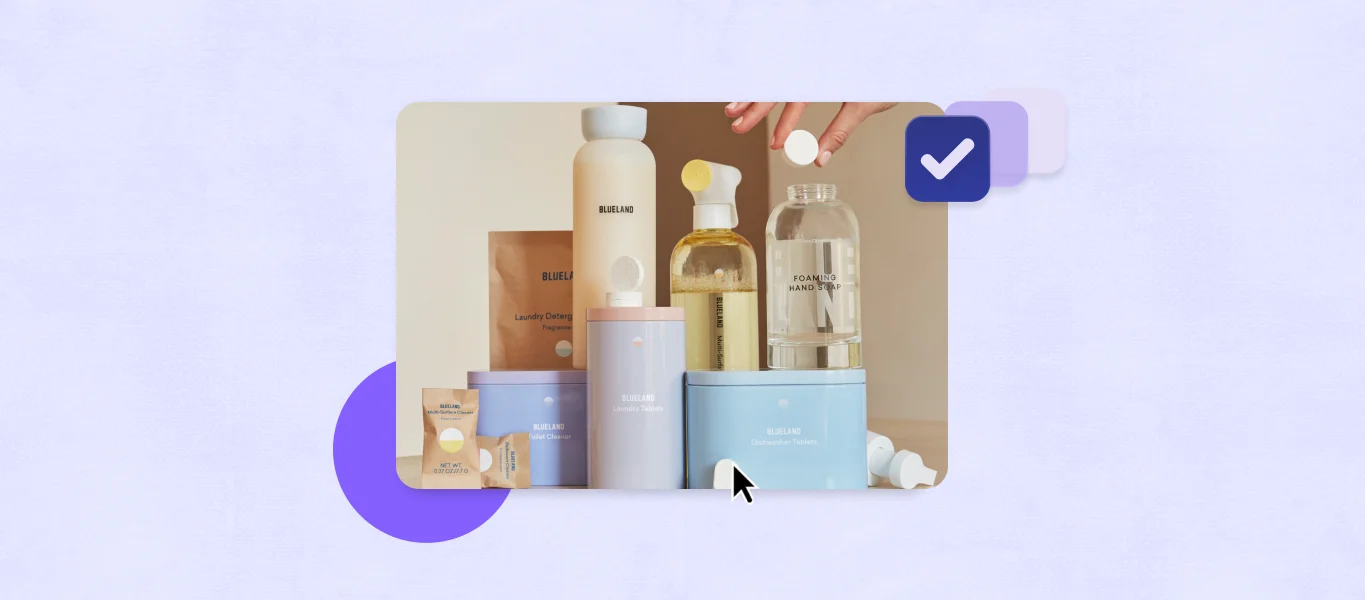From streaming services and software solutions to monthly product boxes and membership programs, subscription-based services have transformed the commerce landscape. While the subscription model offers a steady revenue stream for businesses, it also brings the challenge of customer retention, or customer churn.
Customer churn refers to the rate at which customers stop subscribing to a service over a given period. As a result, high churn rates can significantly impact a company’s growth and profitability, especially in the subscription industry that relies on recurring transactions and even moreso while customer acquisition costs continue to rise.
Understanding why people cancel subscriptions and how to reduce customer churn is crucial for any subscription-based business. Below we’ll explore common reasons for customer churn, and tactics to reduce it in today’s digital landscape.
Key takeaways
- High customer churn impacts subscription businesses due to reasons like lack of value, high costs, poor experiences, better alternatives, and life changes.
- To reduce churn, businesses should enhance value, offer competitive pricing, provide excellent service, keep customers engaged, and act on feedback.
- Loyalty programs, clear communication, smooth onboarding, and predictive analytics help retain subscribers and build long-term loyalty.
Why people cancel subscriptions
People cancel subscriptions for a variety of reasons, and while the most common ones may change slightly according to economic shifts, they generally remain the same throughout the years:
Lack of value
One of the primary reasons customers cancel their subscriptions is because they no longer perceive value in the service. When the service no longer meets their needs or expectations, customers are likely to jump ship. This lack of value can stem from several factors, including poor product quality, lack of new features, or a decrease in content relevance.
High costs
Subscription fatigue is real, and it often boils down to cost. When customers feel that the subscription cost outweighs the benefits they receive, they are more likely to cancel. This is especially true during economic downturns when people scrutinize their expenses more closely.

Poor customer experience
A seamless and positive customer experience is essential for retaining subscribers. Issues such as poor customer service, difficult-to-navigate interfaces, or technical problems can drive customers away. A negative interaction with a service can leave a lasting impression and prompt cancellations.
Better alternatives
In a competitive market, customers are always on the lookout for better options. If a competitor offers a more attractive package—whether it’s a better price, superior features, or higher quality—customers might switch. Staying competitive is key to retaining subscribers.
Life changes
Sometimes, cancellations are out of a company’s control. Life changes such as moving to a different location, changes in financial situation, or shifts in personal interests can lead to subscription cancellations. While these factors are unavoidable, companies can still take steps to mitigate their impact.
Lack of engagement
Engagement is a critical component of the subscription model. When customers are not actively using or engaging with the service, they are more likely to cancel. Regular interaction with the service reinforces its value and keeps it top of mind for the customer.
How to reduce customer churn
Brands can follow industry trends to identify where consumer psychology is trending overall to stay on top of the curve, but it’s also important to collect data around your own audiences as well. In 2023 we saw that the winners in the subscription space were brands catered toward building routine, signalling brands to solidify their position in their customers’ daily lives.
Apart from collecting and analyzing data to drive customer churn strategy, brands should address customer churn by:
- Having strong value propositions
- Building up and engaging your community
- Utilizing technology to curate smarter subscription experiences
Below are 10 strategies to reduce customer churn based on these principles:
1. Enhance customer value
To keep customers from canceling, it’s essential to continuously provide value. This can be achieved by regularly updating and improving products or services, offering exclusive content, or adding new features based on customer feedback. Regularly communicating the value and benefits customers receive can reinforce their decision to stay subscribed.

2. Competitive pricing strategies
Offering flexible pricing plans can cater to a wider range of customers. Consider implementing tiered pricing models that allow customers to choose a plan that best fits their budget and needs. Additionally, occasional discounts or promotions for loyal customers can make them feel valued and less likely to cancel.
3. Exceptional customer service
Providing excellent customer service is a direct way to reduce churn. Ensure that your customer service team is well-trained, responsive, and empowered to resolve issues efficiently. Offering multiple channels for customer support, such as live chat, email, and phone support, can also improve the customer experience.
4. Customer engagement initiatives
Keeping customers engaged is key to reducing churn. Regularly interacting with subscribers through personalized emails, newsletters, or app notifications can keep them engaged. Providing educational content, such as how-to guides or usage tips, can also help customers get the most out of the service.

5. Monitor and act on customer feedback
Listening to customer feedback and acting on it can greatly reduce churn. Conduct regular surveys, monitor reviews, and use social listening tools to understand customer sentiments. Addressing concerns and implementing suggestions shows customers that their opinions matter and that the company is committed to improvement.
6. Loyalty programs
Implementing loyalty programs can incentivize customers to stay subscribed. Rewarding long-term subscribers with perks, discounts, or exclusive access can make them feel appreciated and less likely to cancel. These programs can also encourage word-of-mouth referrals, further boosting customer retention.
7. Transparent communication
Clear and honest communication builds trust with customers. Be upfront about any changes to pricing, features, or terms of service. Providing advance notice and explaining the reasons behind changes can help customers feel respected and reduce the likelihood of cancellations.
8. Simplify the onboarding process
A smooth onboarding process can set the tone for a positive customer experience. Ensure that new subscribers have an easy time setting up and using the service. Providing clear instructions, tutorials, and customer support during the initial stages can help customers see the value of the service right away.
9. Predictive analytics
Utilizing predictive analytics can help identify customers who are at risk of canceling. By analyzing usage patterns, engagement metrics, and customer behavior, companies can proactively reach out to at-risk customers with targeted offers or personalized support to prevent churn.
10. Regularly review and improve
Constantly reviewing and improving your subscription model is essential. Stay up-to-date with market trends, competitor offerings, and customer expectations. Regularly updating your service based on these insights ensures that you remain competitive and valuable to your subscribers.
A comprehensive strategy
Reducing customer churn is a constant challenge for subscription-based businesses. To tackle it, companies need to understand why customers cancel and implement strategies to boost customer value, engagement, and satisfaction. While some factors are beyond control, focusing on what can be influenced helps retain customers and build long-term loyalty. The key is to consistently deliver value, maintain competitive pricing, provide excellent customer service, and stay in tune with your customers’ needs and preferences.
A comprehensive approach to reducing churn includes listening to feedback, acting on insights, and continually innovating. By prioritizing customer satisfaction and engagement, businesses can create a loyal customer base that not only stays subscribed but also advocates for the brand. This focus on retention and loyalty drives sustained growth and long-term success in the competitive world of subscription-based services.



